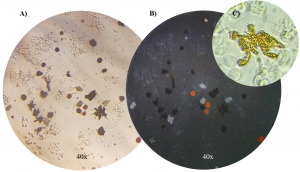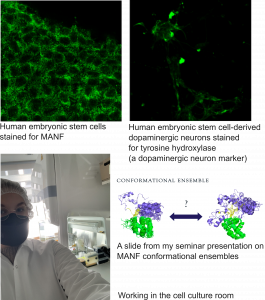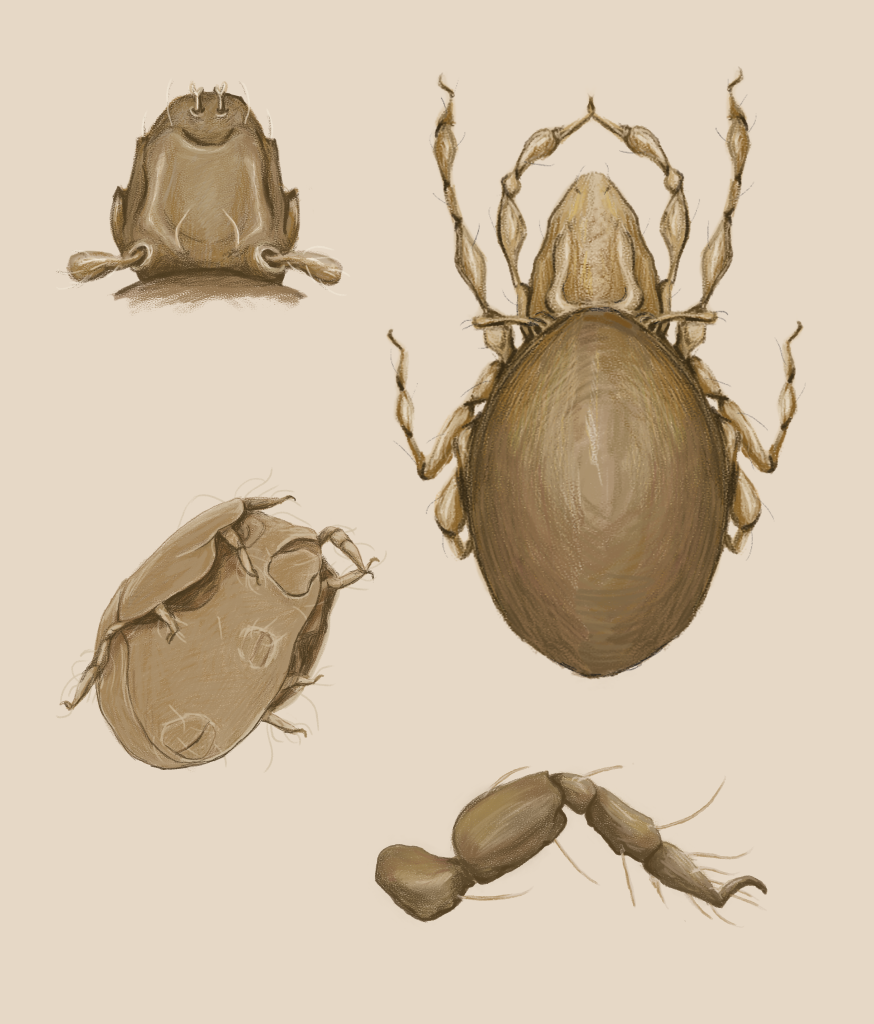Hi! I’m Anna and I’m a Master’s student at University of Helsinki (UH) in the programme of Genetics and Molecular Biosciences. I am honored to have been chosen as one of the HiLIFE research trainees for the year 2023.
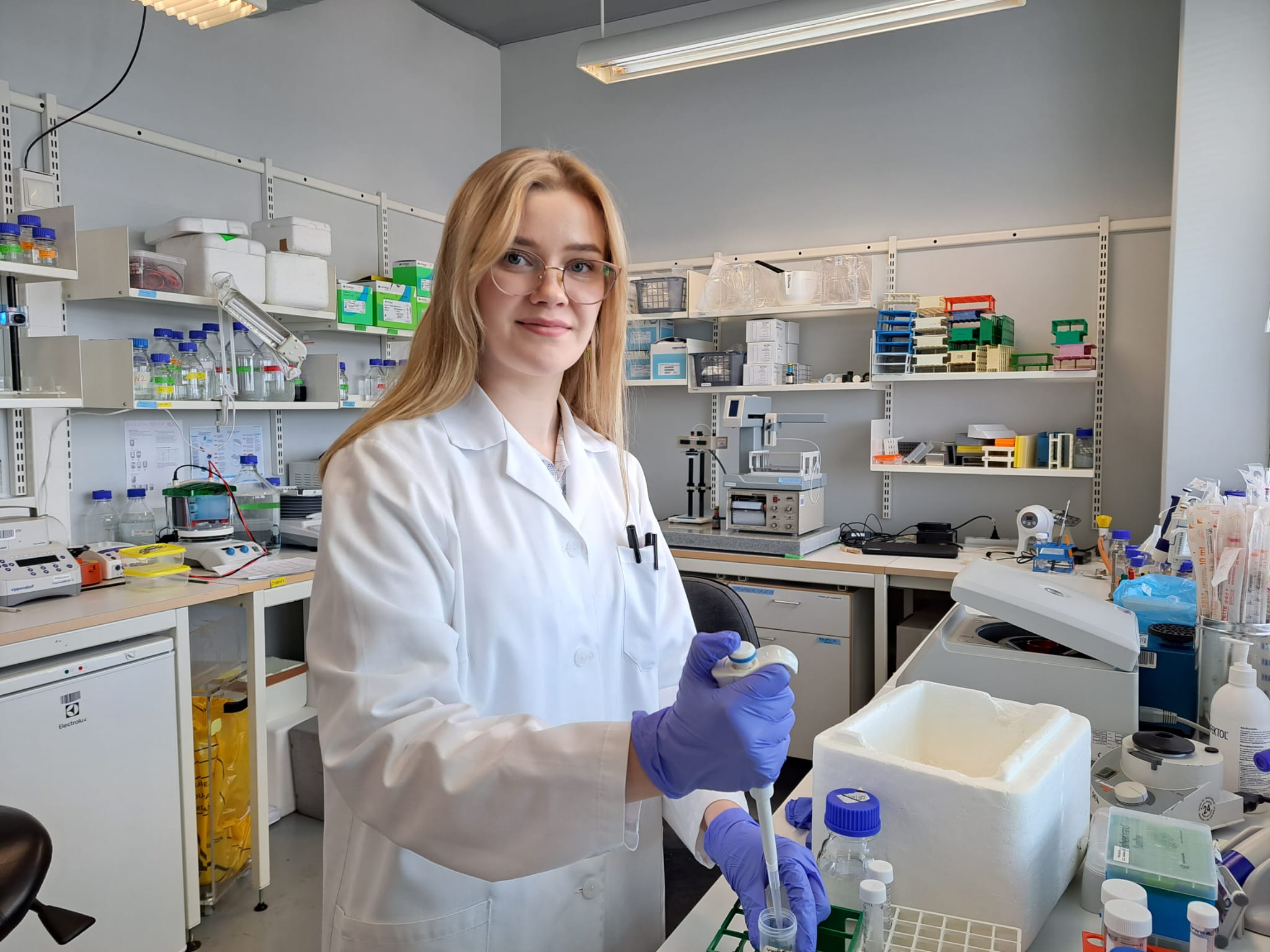
For as long as I can remember I have been interested in life sciences. Nowadays, my main academic interests lie in functional genetics, RNA biology, translational biology, and biomedicine. I received my Bachelor’s degree at UH and wrote my thesis on the canonical and non-canonical functions of aminoacyl-tRNA synthetases. That was when my passion for RNA and translation really began. Learning about and understanding the complex systems that facilitate the basics for life is something that fascinates me deeply. In my spare time I am an active board member in the student organization Svenska Naturvetarklubben (SvNK), where I work as the vice chairman for the year 2023. A large portion of my spare time goes to the student organization, but I also love to draw and do some science related arts and crafts (such as making earrings out of the elegant tRNA secondary structure).
RNA is part of the central dogma of molecular biology, but it has many other functions in the cell beyond that. There is a lot of ongoing research on a variety of different RNA types, but there is still a lot to learn about one of the first discovered, and no less fascinating, RNAs: tRNAs. For a long time, tRNAs had been thought to be mere vessels for amino acids, that their only job was to bring the amino acid to the ribosome for translation. tRNAs are indeed essential players in the basics of the translational system, but they also have many interesting regulatory functions. tRNAs have been shown to have a part in both transcriptional and translational regulation, as well as apoptotic pathways (Avcilar-Kucukgoze, I. & Kashina, A. 2020). Recently discovered tRNA derived RNA fragments have been shown to regulate both transcription and translation in miRNA-like ways and are seen as a part of the ncRNA family (Liu et al, 2022).
The research in Docent Peter Sarin’s RNAcious laboratory focuses on molecular modifications on tRNA nucleotides. All natural tRNAs have molecular modifications on some nucleotides, such as methylation, acetylation and pseudouridylation. These modifications are important for the stability of the tRNA molecule, stress response in the cell, and regulation of translation (Koh & Sarin, 2018). For instance, hypomodification of the anticodon loop of tRNA molecules can disrupt anticodon recognition and may cause issues in protein homeostasis (Koh & Sarin, 2018). Diseases that have been associated with issues in the tRNA modificome, sometimes called tRNA modopathies, are e.g., microcephaly, intellectual disabilities, and multiple cancers (Chujo &Tomizawa, 2021). Modopathies can be caused by mutations or dysregulation of certain enzymes, such as methyltransferases and pseudouridine synthases, that regulate the modification profile of tRNAs (Chujo & Tomizawa, 2021).
We still have a lot to learn about the role of tRNA modifications in health and in disease. As Chujo & Tomizawa (2021) mention, we do not have a complete understanding of the general cytoplasmic tRNA modification profile in healthy humans, which in turn makes it difficult to study modopathies since we have no healthy reference. A big obstacle in the research of tRNA modifications has been the loss of molecular modifications during sample handling as well as lack of methods to identify all modifications and their exact location. The RNAcious laboratory does e.g., research on method development to identify different types of modifications and research on the role of tRNAs and tRNA modifications in viral infection.

My HiLIFE traineeship at RNAcious started in the beginning of April, and it has been a great pleasure to work in a prestigious, diverse, and international research group. So far, I am involved in a project where the aim is to characterize tRNA modifications in different mouse organs. In addition, I am working on a project where the goal is to plan, produce and isolate hypomodified tRNAs. My work has e.g., comprised of protocol optimization, RNA and tRNA isolation, mass spectrometry sample preparation, In vitro transcription (IVT), IVT template design and protein production and isolation. It has been a privilege to work with pioneers in the field and share and ponder different ideas with them.



One thing that I have concluded thus far is that all RNA researchers have one common enemy, RNases. Ribonucleases: the enzymes that seek to destroy what is dearest to us, and they reveal their destruction through smeary bands in polyacrylamide gels. That is why I comprised a short list below which includes a few different ways you can inhibit RNase activity.
RNA work 101:
- Use nuclease free eppendorfs.
- Use 3% Hydrogen peroxide to clean counter tops and gloves (anything that may be in contact with the sample).
- Always use gloves when working with RNA to not contaminate your sample with RNases from your skin.
- RNase inhibitors are your best friend.
- Always keep your sample on ice.
- Heating samples at 80°C for 5 min should inhibit RNase activity.
- Store your RNA in -80°C to inhibit degradation.
I am excited to continue this RNAcious journey and fight my own battle against RNases!
References:
Avcilar-Kucukgoze, I. & Kashina, A. (2020). Hijacking tRNAs From Translation: Regulatory Functions of tRNAs in Mammalian Cell Physiology. Front Mol Biosci 7, 610617.
Chujo, T., & Tomizawa, K. (2021). Human transfer RNA modopathies: diseases caused by aberrations in transfer RNA modifications. The FEBS journal, 288(24), 7096–7122.
Koh, C. S., & Sarin, L. P. (2018). Transfer RNA modification and infection – Implications for pathogenicity and host responses. Biochimica et biophysica acta. Gene regulatory mechanisms, 1861(4), 419–432.
Liu, B., Cao, J., Wang, X. Guo, C.,Liu, Y., Wang, T (2022). Deciphering the tRNA-derived small RNAs: origin, development, and future. Cell Death Dis 13, 24.


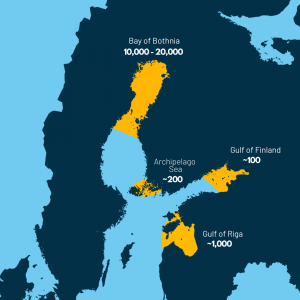
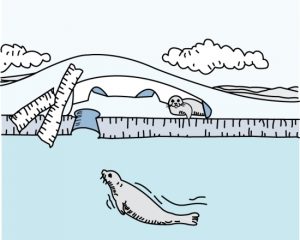
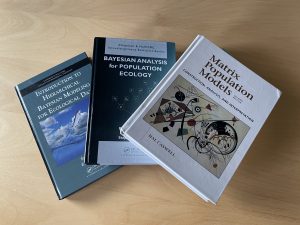
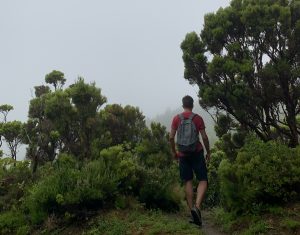
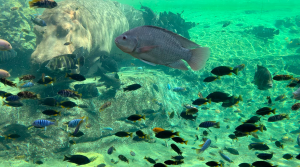
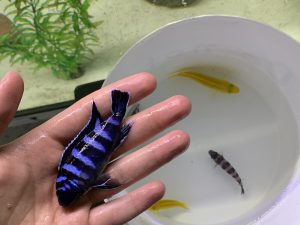
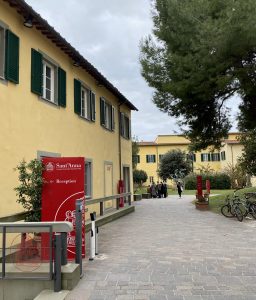

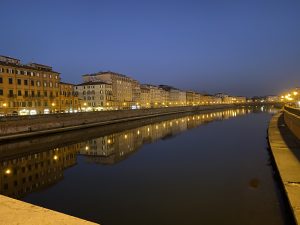
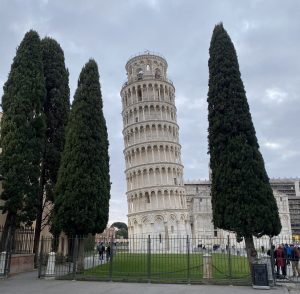

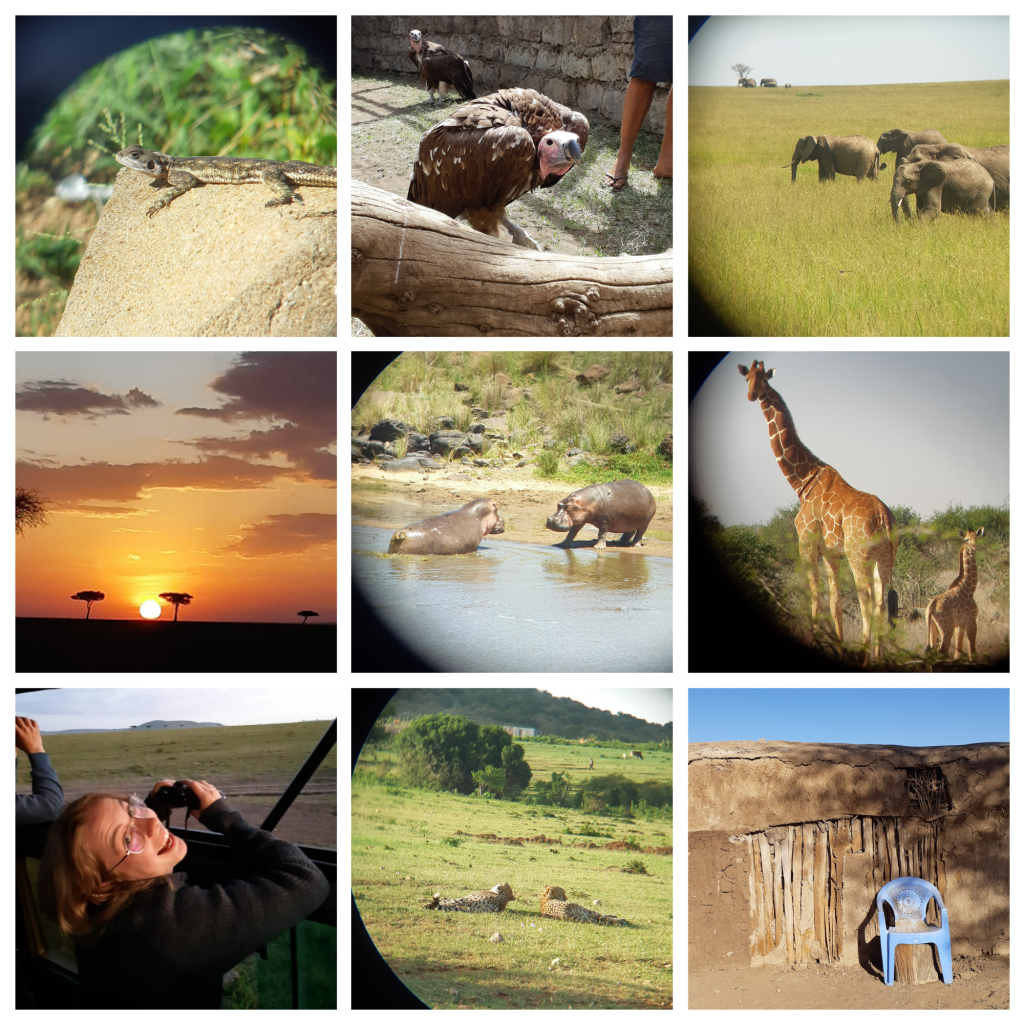
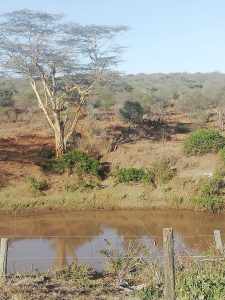
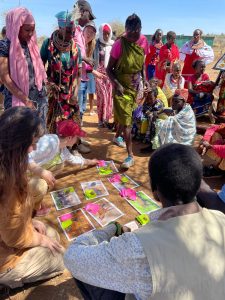
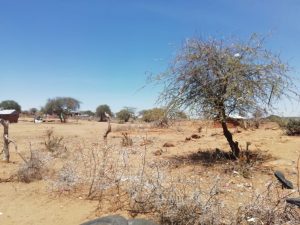

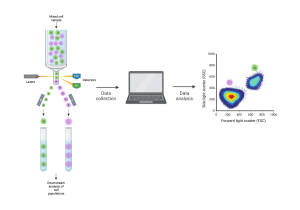 [Flow cytometry schematic. Cells are sent through the flow cytometry instrument one by one. The machine detects their properties and sends them to a computer for analysis. The cells can be separated by type for downstream analysis. Created with
[Flow cytometry schematic. Cells are sent through the flow cytometry instrument one by one. The machine detects their properties and sends them to a computer for analysis. The cells can be separated by type for downstream analysis. Created with 
